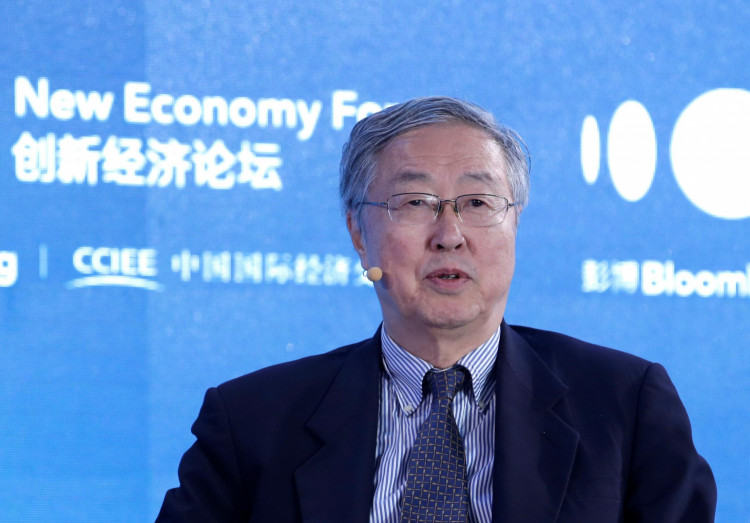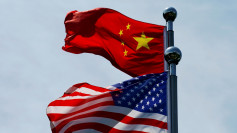China must address unresolved monetary risks and the perils of "abnormal" market fluctuations caused by external shocks, the central bank said, as Beijing prioritizes financial stability in the face of increasing challenges.
Financial markets are highly sensitive to global trade circumstances and rising global liquidity risks, the People's Bank of China (PBOC) said in its annual financial stability report, adding that it will improve real-time stock, bond, and foreign exchange monitoring and assessment to steer clear from the so-called "cross-sector threat contamination."
Market analysts expect the government's bond defaults to continue, so authorities must prevent the risks of such defaults from triggering systemic risks, it said, while penalties on regulatory violations in the securities market would be increased.
Chinese commerce officials have initiated new measures to monitor potential "black swan" and "grey rhino" events that may occur in the future and has prepared contingency plans, as downward pressure on the the economy rises, the central bank disclosed.
China's household leverage ratio rose to 60.5 percent relative to gross domestic product (GDP) by the end of 2018, reaching the international average level and posing debt risks to low income families, according to the annual report.
The PBOC said that it would keep a pro-active fiscal ruling and prudent policy, implement higher tax cuts and increase the issuance the quota for special bonds used by local governments to fund large-scale infrastructure projects.
Looking ahead, the PBOC must adjust its credit supply to boost the economy further and strike a fine balance in development achievement and risk-fending.
"Generally, the financial risks of China have been gradually overcome, but the hazards are still numerous, having risen rapidly over the past few years," the PBOC pointed out, noting that it would be difficult to eliminate potential risks and issues in the short term.
Meanwhile, a sudden government takeover of the then unregulated Baoshang Bank and the state bailout of Jinzhou Bank and Hengfeng Bank rekindled questions about the true health of hundreds of small lenders in the country, earlier this year as the country's economic growth slowed to a nearly 30-year low.
China's four largest banks - Bank of China, China's Agricultural Bank, China Industrial, and Commercial Bank, and China Construction Bank - are all under relatively high pressure to meet expectations for their total loss-absorbing capability (TLAC), the PBOC stated.
According to analysts, the central bank will manage the roll-out of legislation with other agencies and ensure certain banks fulfill TLAC standards on schedule.





